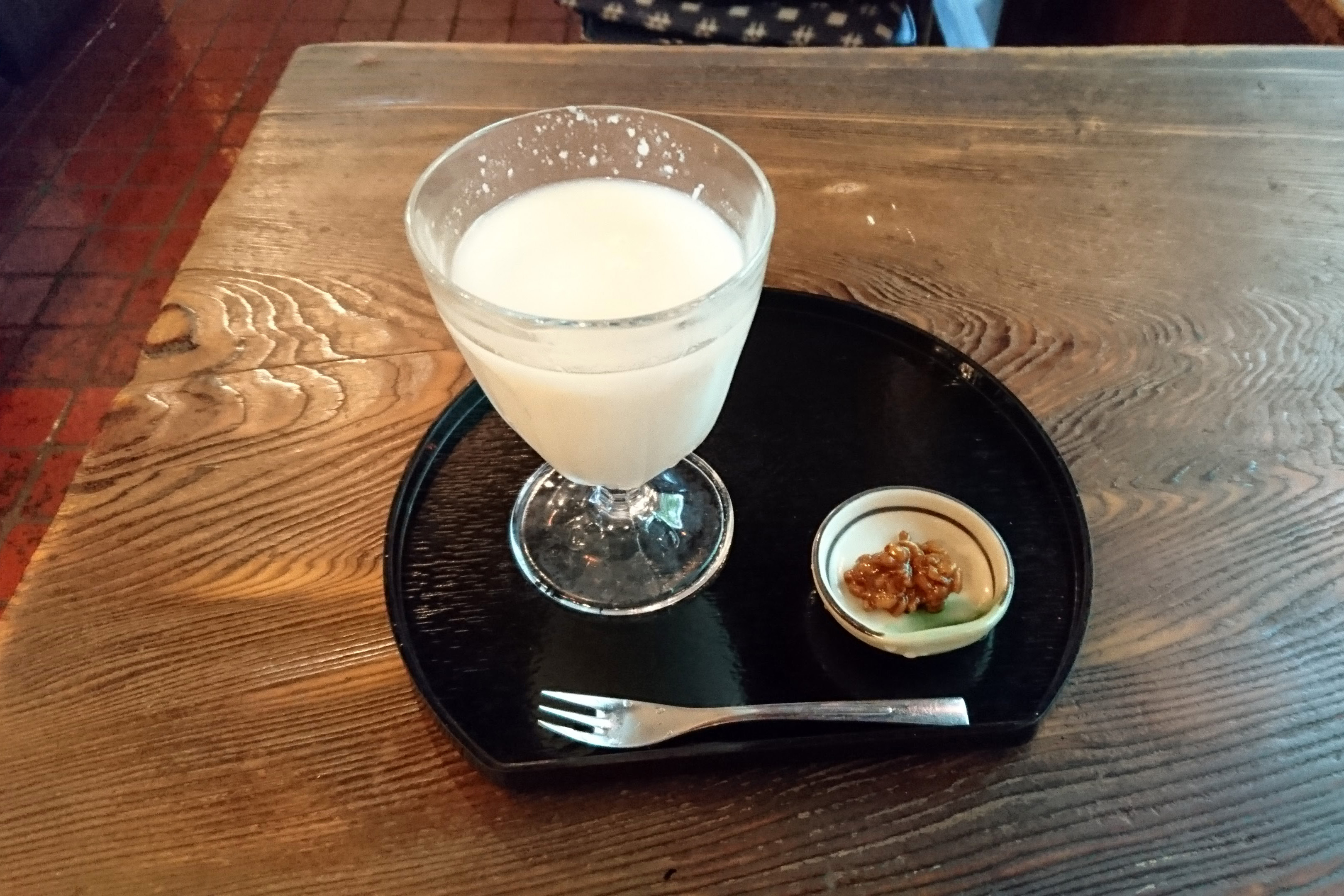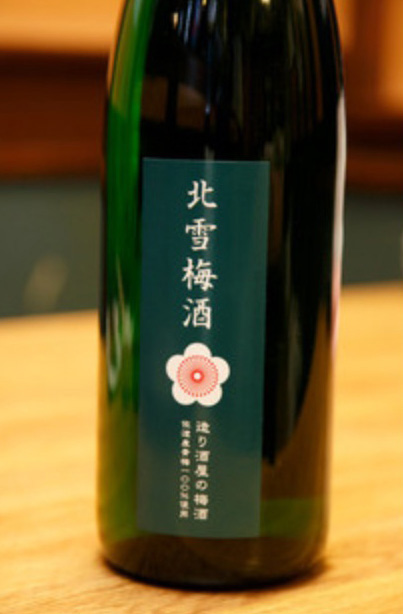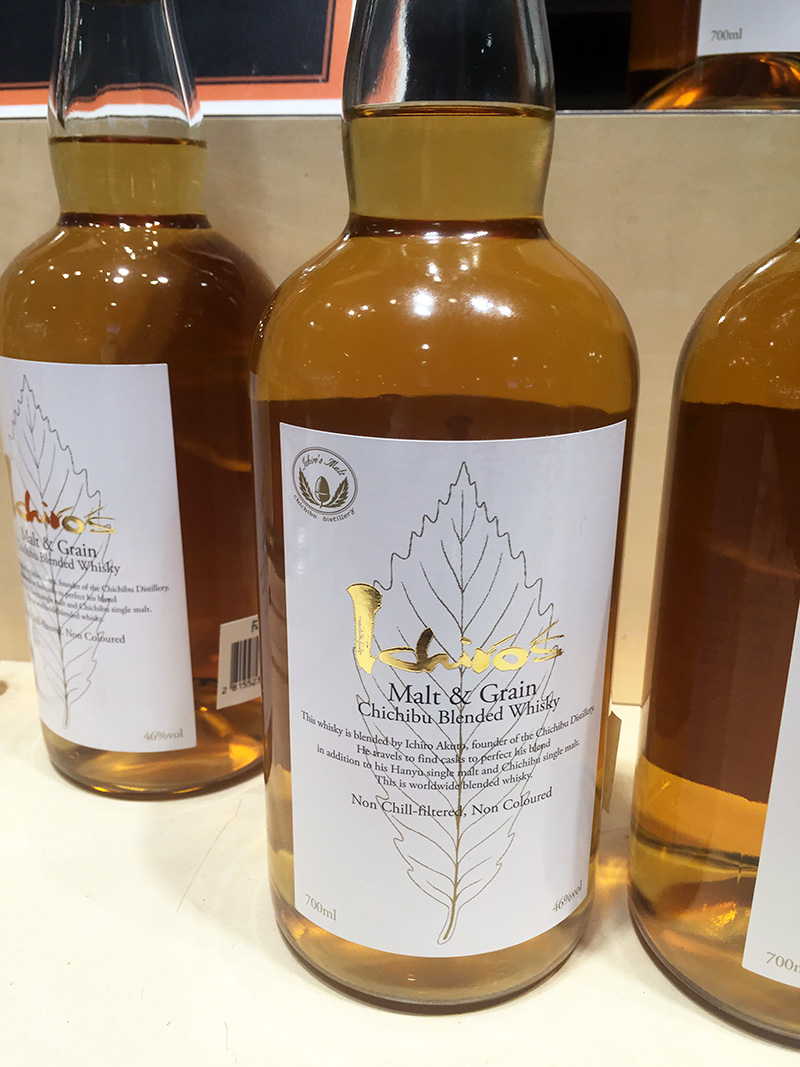DRINKING IN TOKYO
Whiskey, like a beautiful woman, demands appreciation. You gaze at it first, then it’s time to drink.
-Haruki Murakami

︎︎
No blossoms and no moon,
and he is drinking sake
all alone!
-Basho
and he is drinking sake
all alone!
-Basho
AMAZAKE
![]()

Japan’s original energy drink. Think of a slightly boozy, sweet, fermented-smelling-and-tasting hot rice porridge, but a really tasty version. Amazake literally means ‘sweet sake’, but is either very low or non-alcoholic, made either from koji added to cooked and cooled rice, (non-alcohol version) or from sake lees mixed with hot water (low alcohol version). You’ll find it mostly around festivals and shrines, and particularly in winter. Traditionally though, it was a summer beverage, due to its power-providing qualities (amazake drips are a thing in summer). If you’re somewhere where it’s being served sprinkled with powdered or freshly grated ginger, even better.
Try: Look for it at supermarkets (甘酒), festivals and wagashi cafes.
Try: Look for it at supermarkets (甘酒), festivals and wagashi cafes.
BEER
![]()
Order a “toriaizu nama” (“a beer first-up while deciding what to drink/eat”) and take things from there.
Try: Good Beer Faucets (Shibuya), Commune 2nd (Aoyama), Baird (various locations), Spring Valley Brewery (Daikanyama), Yona Yona Brewery (Aoyama), Hiranoya1907 (Shibuya).

Try: Good Beer Faucets (Shibuya), Commune 2nd (Aoyama), Baird (various locations), Spring Valley Brewery (Daikanyama), Yona Yona Brewery (Aoyama), Hiranoya1907 (Shibuya).
COCKTAILS

Try: Gen Yamamoto, Bar Radio (personal favourite), Andaz, Bar Tram, Bar Trench, Mixology Akasaka, Y & M Kisling (Ginza).
COFFEE

Bounce your way along the full caffeine spectrum in Tokyo from 100-yen vending machine cans to 100-yen combini coffees, traditional kissaten (retro cafes, some dating back 50 years or more), to third-wave coffee shops.
Try: For third-wave coffee, try Streamer (multiple locations), Bear Pond Espresso (Shimokitazawa), Fuglen (Yoyogi), Cobi Coffee Box (Shinjuku), About Life Coffee (Shibuya), Onibus (Nakameguro), Blue Bottle (multiple locations), Chop Coffee (Jingumae), The Roastery (Harajuku), Cafe Kitsune (Omotesando). For old-worldly kissatens - visit Kabaya Coffee (Yanaka), Coffee Seibu (Shinjuku), Tricolor Honten (Ginza), Chatei Hatou (Shibuya).
SAKE (NIHONSHU)
![]()

For the sake of all the little breweries out there, and for your own journey of sake discovery, go beyond convenience store One Cup’s and pay a visit to a bar specialising in sake, where you can’t go wrong. It will come in a glass or a flask (180ml) called a ‘tokkuri‘, and you’ll be asked how many little cups (ochoko) you want with it. If it comes in an overflowing glass in a little wooden box (a ‘masu‘) or saucer, this is to show good hospitality. Drink from the glass first, and when you’ve made enough room, pour in the sake from the extra vessel. In terms of variety, I prefer to drink ‘junmai‘ (without brewer’s alcohol added), particularly ‘nama‘ (unpasteurized) varieties.Read: Why Sake Use to be Made with The Spit of Japanese Virgins
Try: Miraisake (Daikanyama), Sai (Sangenjaya), Sake Stand (Shibuya), YATA (Shibuya), Kimijiyama (Ebisu), Sake Scene Masufuku (Minato), Imadeya (Ginza Six), Hasegawa (various locations), Otonari (Kagurazaka), Kurand Sake Market (many locations).
Try: Miraisake (Daikanyama), Sai (Sangenjaya), Sake Stand (Shibuya), YATA (Shibuya), Kimijiyama (Ebisu), Sake Scene Masufuku (Minato), Imadeya (Ginza Six), Hasegawa (various locations), Otonari (Kagurazaka), Kurand Sake Market (many locations).
SHOCHU

Try: You’ll find shochu on offer at pretty much every restaurant/ bar you visit. Regular shochu can be drunk in a myriad of ways: straight, on the rocks, mizuwari (on the rocks with a little water), with hot water, with oolong tea, with matcha tea, with soda and citrus juice (yuzu-hai, lemon-hai, sudachi-hai, daidai-hai), juice, or even with other booze. Often a non-alcoholic beer called Hoppy (a popular summer and salaryman number).
TEA
Cold, hot, from a vending machine, whisked by a geisha, sencha, matcha, genmaicha. Read: Beyond Matchs: Japan’s creative and salubrious cha scene
Try: Yakumo Saryo (Meguro), Sakurai Tea Experience (Aoyama), Higashiya (Ginza), Kosoan (Meguro)
Try: Yakumo Saryo (Meguro), Sakurai Tea Experience (Aoyama), Higashiya (Ginza), Kosoan (Meguro)
UMESHU

Try: Drink it straight, on the rocks, mizuwari (mixed with water), with shochu and soda water (umehai), with sake or shochu or gin (umetini), with green tea (very refreshing).
VENDING MACHINE BEVERAGES
![]()
A drink for all occasions. My personal faves are mugi-cha (barley tea, preferably col), Royal Milk Tea (cold, not hot. Hot tastes like something you’d be served in hospital), emerald coffee (just a hint of milk and sugar), rich green tea, yoghurt tea (pleasantly tangy), genmaicha.
Try: Vending machines, convenience stores, supermarkets, etc.

Try: Vending machines, convenience stores, supermarkets, etc.
WHISKEY
Suntory varieties (Chita, Hakushu, Yamazaki), Ichiro’s Malt, Karuizawa, Nikka whisky (Taketsuru, Yoichi).
![]()
Try: Bar Moonshiner, Bar Tram, Bar Trench, Bar Bennfiddich.

Try: Bar Moonshiner, Bar Tram, Bar Trench, Bar Bennfiddich.
WINE
![]()

Try: Winestand Waltz (Ebisu), Wineshop Flow (Hatagaya), Maison Cinquante Cinq (Yoyogi-Uehara), Ahiru Wine Store (Shibuya), Lug (Hatagaya), Le Verre Volé à Tokyo/ Un Jour (Meguro), Bunon (Azabu), Human Nature (Nakano), Masamoto Sake (Nerima).